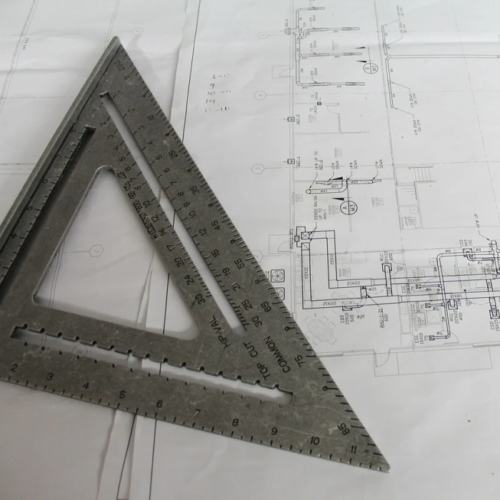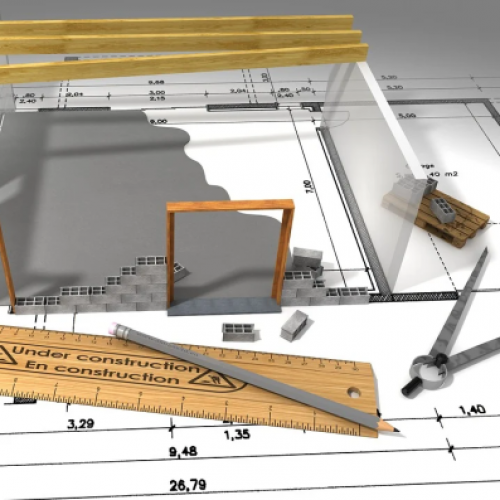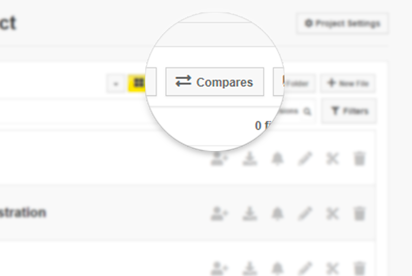In projects that go well, there is a point where everything clicks into place. 2-3 years into a successful project everyone knows how to get stuff done. Everyone knows who to call when something goes wrong. Complex tasks become simple. Information flows well.
This is the superpower of a veteran team. A room full of people who trust and know each other is powerful. If you take the same team and let them start again, it will always go well. The lessons have been learnt.
This is not unique to projects. Sports teams develop almost magical powers after having a veteran squad train under the same coach for a few years. Veteran military units are assumed to hold a power multiplier. In software companies, breaking up veteran teams is seen as an absolute last resort.
We should care more
In construction, we do not appreciate the power of a veteran project team nearly enough. In too many cases roles are seen as transactional – the project needs a QS, any QS. Who cares which one?
Very few companies actively try to build and train up project teams that carry over from project to project. Fewer still are willing to invest in a supply chain that runs with the same team from project to project.
The industry actually actively promotes breaking up teams. It does this in 3 main ways:
Promotion paths – People are encouraged to move around to get promoted (in or outside the organization). Someone who stays in the same role for 2-3 projects is presumed to be a failure.
Variable project team size – We scale teams as the project progresses. This means that we can’t move teams from one project to another, as there are much fewer people allocated to the project at the start and end.
Lack of tracking – Finally, we simply do not track teams as a KPI unit. In the fast-paced and transitional reality of projects, if we do not measure and promote team stability as a KPI, it will not happen.
Practical Steps to Promote Veteran Teams
As an industry, we can do a better job of promoting veteran teams. These teams don’t have to be complete. It is enough that most people have worked together for some time to create an effect, and to make the rest of the team get onboard faster.
Track team experience
Have a KPI to track how familiar your teams are. This can be a simple average of time spent together, or a more sophisticated metric taking key position seniority and experience, project complexity, and supply chain familiarity into account.
Project bonuses for successful delivery
Consider giving teams bonuses for successful delivery. These should be directly linked to project success. 20% of the project profits being allocated towards team bonuses, for example, weighted towards time in the project and seniority. The financial bonus will not only motivate and align project teams to company goals but will also create an incentive for veteran project teams to stick together.
Account for familiarity in procurement
When procuring subcontractors, allow weight for the experience of specific team members working with the subcontractor. If possible, negotiate the specific people on the subcontractor that your team has worked with before.
Cultural evolution
Ultimately, valuing veteran teams is a cultural thing. In the very best environments, it is expected of people to stick with a team for 2-3 projects. There may be less resistance to the idea than one would imagine – veteran project teams are fun, fulfilling environments to work in. In some cases, all it takes to get going is changing the way you communicate about staying in the same role for a little longer.








